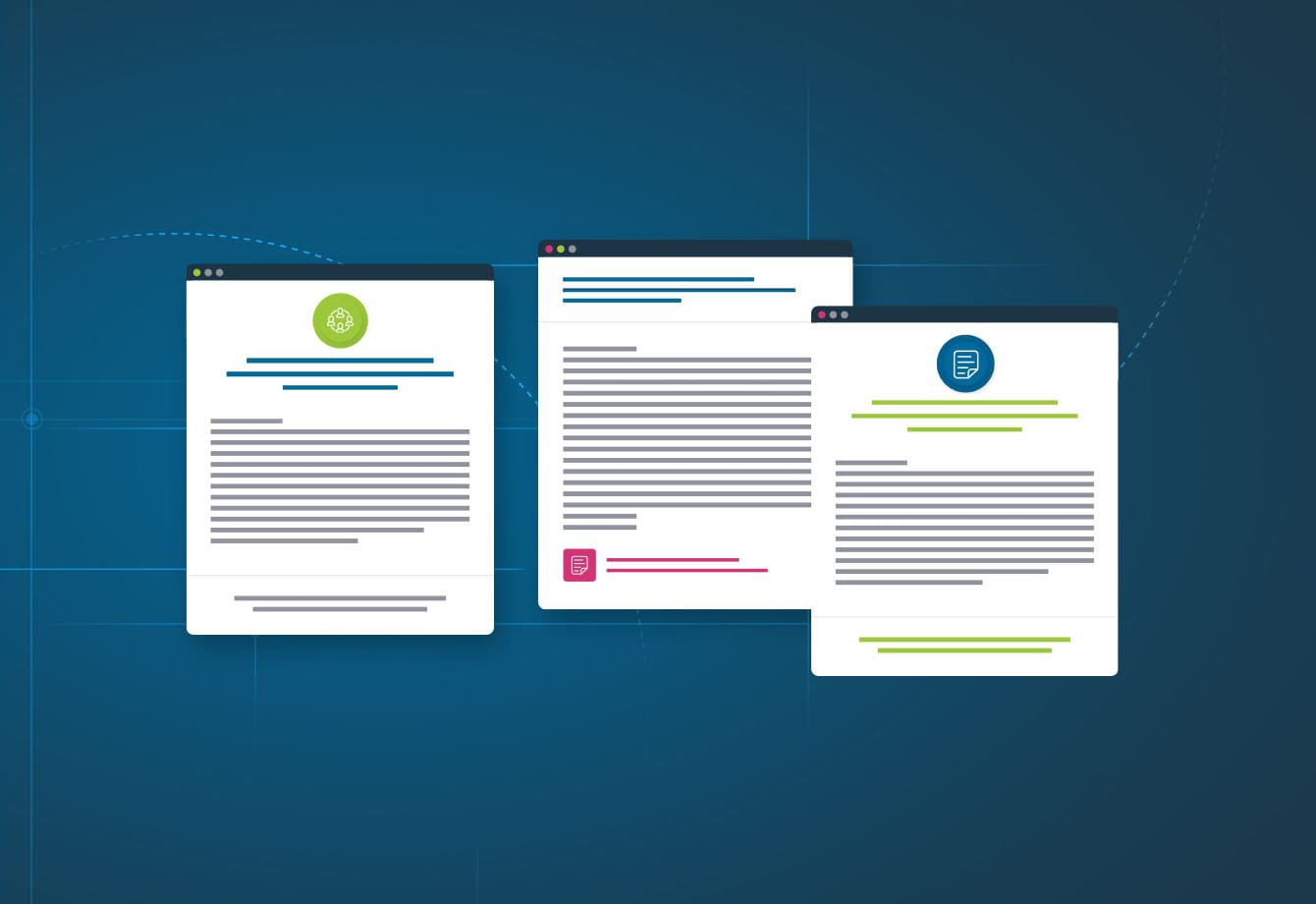
Start Responding Like a Pro
The Responsive blog is full of insights and best practices, giving you the tools you’ll need to streamline your process and respond with confidence.
Featured Post

Is a proposal development consultant the key to winning your next RFP?
People & TeamsWhen a huge opportunity crosses your desk in the form of a detailed RFP, there’s a lot of pressure to […]
Category: Tag: Proposal


The perfect proposal format: Create eye-catching RFP responses
Product & Best Practices
The proposal management plan for a one-person team
People & Teams, Product & Best Practices![How to write a proposal cover letter [with example]](https://www.responsive.io/wp-content/uploads/2022/09/Blog_1340x920_Image_246-a.jpg)
How to write a proposal cover letter [with example]
Selling & Enablement
Business proposal example, template, and how-to instructions
Selling & Enablement
Using software to build a better proposal management system
Product & Best Practices
Why every proposal manager deserves a round of applause
People & Teams, Selling & Enablement
4 steps to achieving work-life balance in your SME role
Company & Events, People & Teams
Bid proposal software will transform your response process
Products/Features/Solutions
How to develop proposal building blocks to win more
Templates & guides
5 ways to organize your request for proposal for the win
Product & Best PracticesSee how it feels to respond with confidence
Why do 250,000+ users streamline their response process with RFPIO? Schedule a demo to find out.